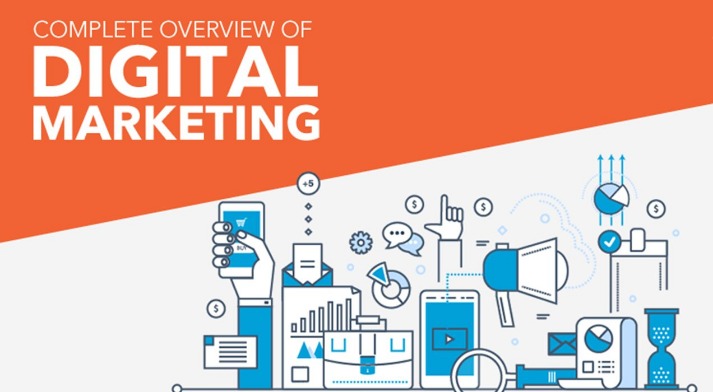With the rapid advancements in audio technology, terms such as creator voice, voice clone, and voice cloning have gained significant attention. These innovations are not only transforming media and entertainment but also reshaping various professional fields like customer service, education, and marketing.
The Magic of Creator Voice
The concept of creator voice revolves around the distinctive vocal identity that content creators, voice actors, and public figures bring to their work. This uniqueness is more than just a tonal quality; it’s an essential part of personal branding and audience engagement. By capturing the nuances of their creator voice, technology can now reproduce this individuality across various platforms, ensuring consistent and authentic communication.
Read more about creator tools here.
What is Voice Cloning?
Voice cloning is the process of creating a digital copy of a person’s speech style and intonations. Using sophisticated algorithms and artificial intelligence, it manages to replicate the creator voice in a virtually indistinguishable manner. This process is especially valuable in creating personalized user experiences and for applications where the human touch remains irreplaceable.
Applications of Voice Clone
The applications of voice clone technology are vast and diverse:
- Entertainment: Seamlessly dubbing movies or TV shows into different languages while maintaining the original actor’s vocal characteristics.
- Customer Service: Implementing automated systems that use familiar voices to interact with customers, thereby enhancing trust and user satisfaction.
- Accessibility: Enabling personalized audio for the visually impaired or for those who prefer audiobooks in the unique tone of their favorite narrator.
- Education: Delivering more engaging and authentic e-learning experiences through the replication of renowned educators’ voices.
Ethical Considerations and Future Prospects
While the prospects of voice cloning and voice clone technologies promise exciting innovations, they also raise crucial ethical questions. The potential misuse of cloned voices for fraudulent activities necessitates stringent security measures and clear legal frameworks. Furthermore, consent from the original voice owner is imperative to ensure ethical application.
Looking ahead, the fusion of creator voice technology with augmented and virtual reality opens new dimensions for immersive experiences. Imagine attending a virtual concert where your favorite artist’s voice has been cloned to deliver a lifelike performance. This is merely the beginning of what is possible as technology continues to evolve.
Conclusion
The convergence of creator voice, voice clone, and voice cloning technologies is revolutionizing the way we interact with content and each other. As these innovations become more refined, the possibilities for their application are virtually limitless. Responsible and ethical use will ensure that this technological revolution benefits users, creators, and industries alike.




